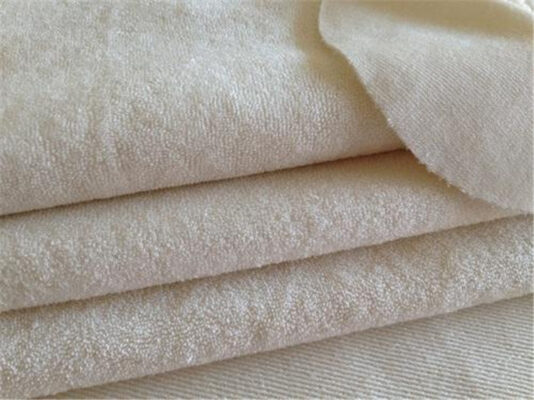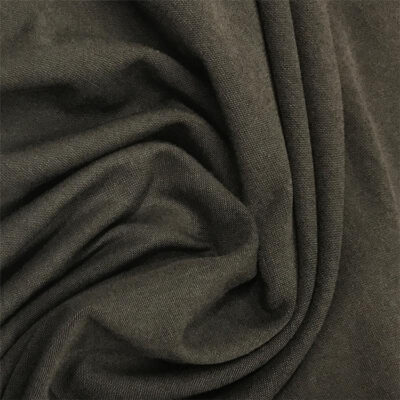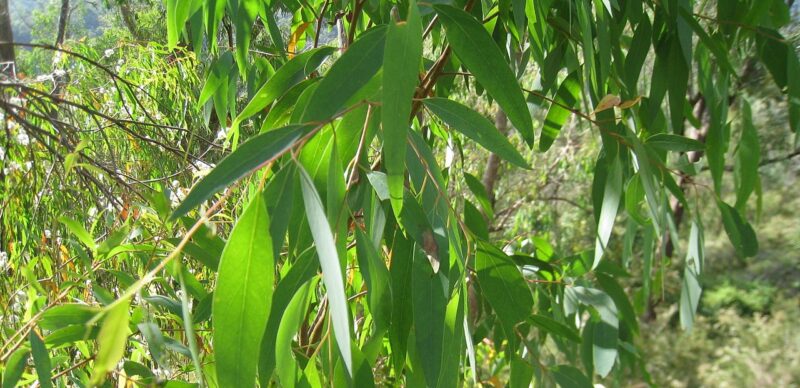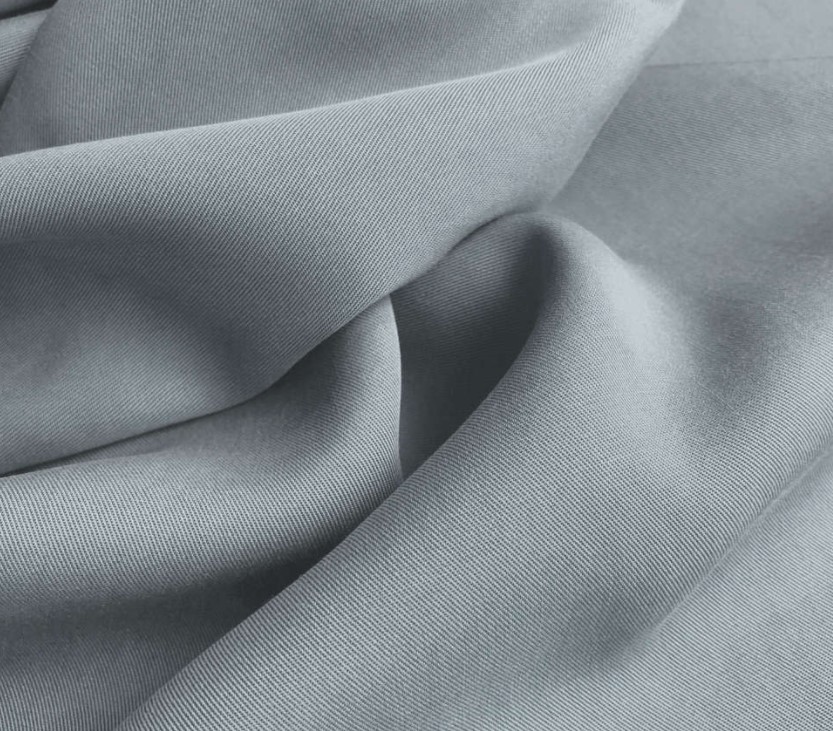How Is Lyocell Fabric Used?
Lyocell is often used instead of cotton or silk. This fabric feels like soft cotton and is used to make everything from shirts to towels and underwear.
Although some garments are made entirely of lyocell, it is more common to mix this fabric with other types of fabric such as cotton or polyester. Because Lyocell is so strong, when mixed with other fabrics, the resulting composite fabric is stronger than cotton or polyester alone.
In addition to garments, this fabric is used in a variety of commercial settings. For example, many manufacturers have changed lyocell instead of cotton in fabric parts of conveyor belts; When belts are made with this fabric, they last longer and are more resistant to wear and tear.
Also, Lyocell is quickly becoming a favorite fabric for medical dressings. In life or death situations, having a high-tensile fabric is essential and Lyocell has proven to be stronger than fabrics used for medical dressings in the past. The high absorbency profile of this fabric also makes it an ideal material for use in medical applications.
Shortly after its development, scientific researchers recognized the potential of lyocell as an ingredient in specialized articles. Although you do not want to write on Lyocell paper, many different types of filters are made primarily from paper and this fabric is an ideal filtering material as it has low air resistance and high opacity. Because lyocell fabric is a versatile material, it can also be used in a variety of special applications. Research into this texture is ongoing, which means that more uses for Lyocell could be discovered in the future.
Where Is Lyocell Fabric Made?
When Lyocell fabric was first created, it was produced exclusively at the American Enka factory in Enka, North Carolina. However, when Enka stopped producing this material, the production moved entirely to England when Courtaulds Fibers branded this fabric as Tencel.
Eventually, Tencel production expanded to the Courtaulds factory in Mobile, Alabama, and until the late 1990s, this fabric was not made anywhere else in the world. However, in 1998 Courtaulds was sold to Akzo Nobel, a Dutch international company specializing in paints. Akzo Nobel continued to sell Tencel rights to a private equity firm called CVC partners, which immediately sold the Tencel division to Lenzing AG, an Austrian-based international textile company.
Although Lenzing AG has several factories in Europe, most of its production has moved abroad to countries such as China and Indonesia. While some Tencel are still produced in countries such as Austria, Britain, and the USA, the majority of this fabric is produced in China.
Since Lenzing currently owns the Lyocell patent, it remains the largest producer of this textile in the world. Various small companies can also make this fabric in small quantities, but if you wore a lyocell suit, it was made by Lenzing AG in one of its Chinese factories.
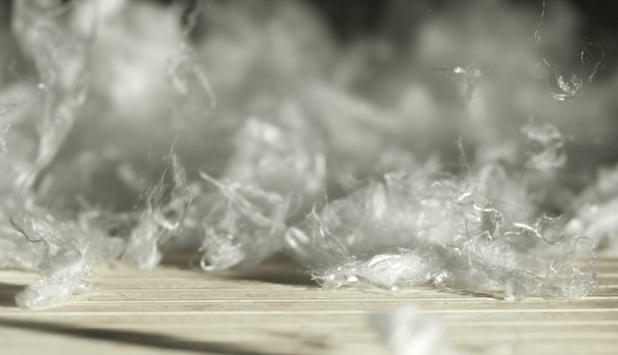
How Much Does Lyocell Fabric Cost?
Rayon and other cellulose fabrics were originally produced as cheaper alternatives to silk. While silk production is completely natural and relatively sustainable, it is difficult to produce silk on a large scale, which led to the “artificial silk” revolution that ultimately resulted in modern rayon.
While it is true that cellulose fabrics are cheaper to produce than silk, the same cannot be said for cotton. While the prices of cotton and cellulose fabrics have fluctuated, cotton production has been significantly cheaper in the last decade. If global economic trends remain stable, cotton remains cheaper to produce than lyocell and similar fabrics.
However, the price difference between cotton and Lyocell is almost negligible, and some manufacturers may prefer the cellulose fabric production process to the cotton production process. Lyocell, in particular, is one of the simplest cellulose fabrics to be produced and produces very little waste.
Although cellulose fabrics are becoming less popular than cotton due to price fluctuations, lyocell fabric is much more useful than cotton in a number of applications. The tension of this textile is off the graphics and is highly durable in commercial applications. Manufacturers are happy to pay slightly higher prices for these benefits.
What Kind of Lyocell Fabric Are There?
From a chemical point of view, there is only one type of lyocell fabric. Even when this substance is named Tencel, it has the same chemical composition and is made using the same process. However, there are a few fabrics that are very similar to lyocell fabric that you should know about as you learn more about this textile. Examples of these similar fabrics include:
Viscose rayon: This fabric is the first cellulose textile type to rise in popularity. Viscose rayon has been produced since the first few decades of the 20th century and previously used a number of cellulose fabric prototypes that were cut due to flammability or discontinuous manufacturing processes.
Viscose rayon remains a popular fabric and is produced all over the world. However, the viscose manufacturing process is much more complex than the process used to create lyocell and is much more impactful on the environment. In some cases, viscose rayon production may be cheaper than Lyocell, but it is clear that this fabric is technologically outdated.
Modal Rayon:
This type of rayon is relatively similar to Lyocell in many respects. It is made by a simpler process than viscose rayon and is significantly more stretched than other cellulose fiber types. This rayon production method was discovered in the 1940s and represents a technical leap forward in cellulose fabric production. However, many manufacturers around the world still produce viscose rayon instead of modal rayon.
